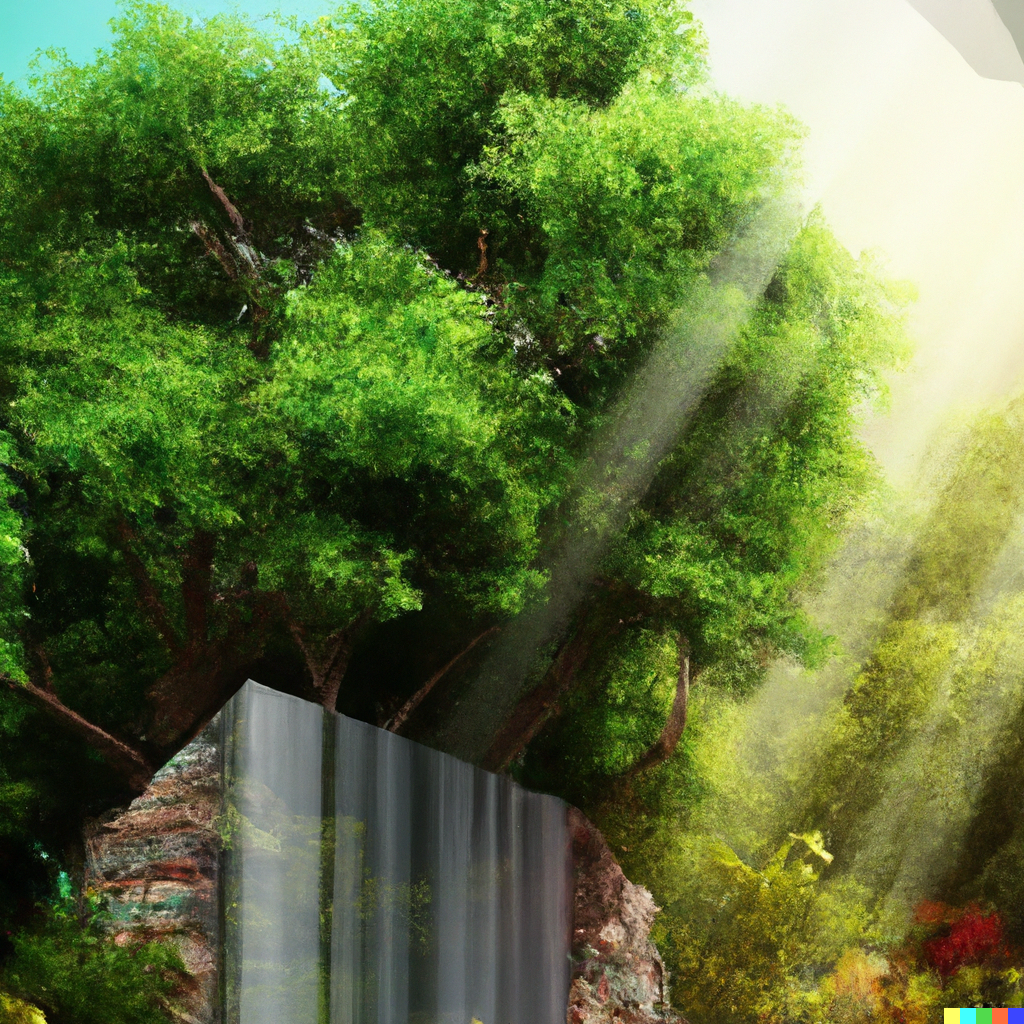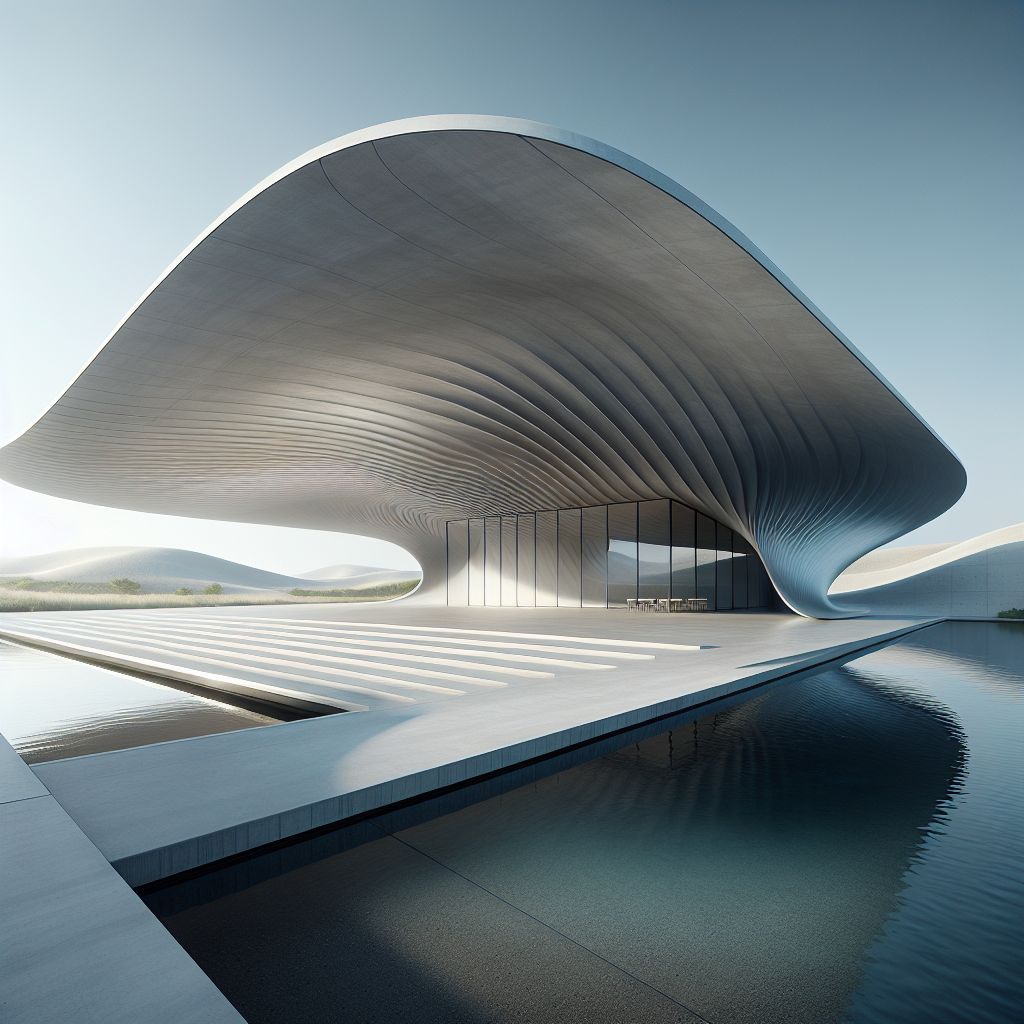Building a Sustainable Future: The Rise of Biodegradable Architecture

As the world continues to grapple with the effects of climate change, architects and designers are turning to innovative solutions to create a more sustainable future. One such solution is the use of biodegradable materials in building design.
What are Biodegradable Materials?
Biodegradable materials are those that can break down naturally without harming the environment. They are made from renewable resources, such as bamboo, hemp, and mycelium, and can be used in everything from building foundations to insulation.
Examples of Biodegradable Architecture
The Green School in Bali
One of the most exciting examples of biodegradable architecture is the Green School in Bali, Indonesia. Designed by John Hardy, the school is made entirely of bamboo and blends seamlessly with the surrounding jungle. The bamboo used in the construction of the school is sustainably grown and harvested, making it a truly eco-friendly building.
The MycoTree
Another example of biodegradable architecture is the MycoTree, a project by ETH Zurich and ZHAW Zurich. The MycoTree is a structure made entirely of mycelium, the vegetative part of a fungus. The mycelium is grown around a scaffold structure, creating a strong and lightweight material that can be used in building construction. The MycoTree is not only sustainable but also beautiful, with its intricate web-like structure.
The Potential of Biodegradable Architecture
While biodegradable architecture is still in its early stages, it has the potential to revolutionize the way we build our cities and homes. By using materials that are sustainable and eco-friendly, we can reduce our impact on the environment and create a more sustainable future.




